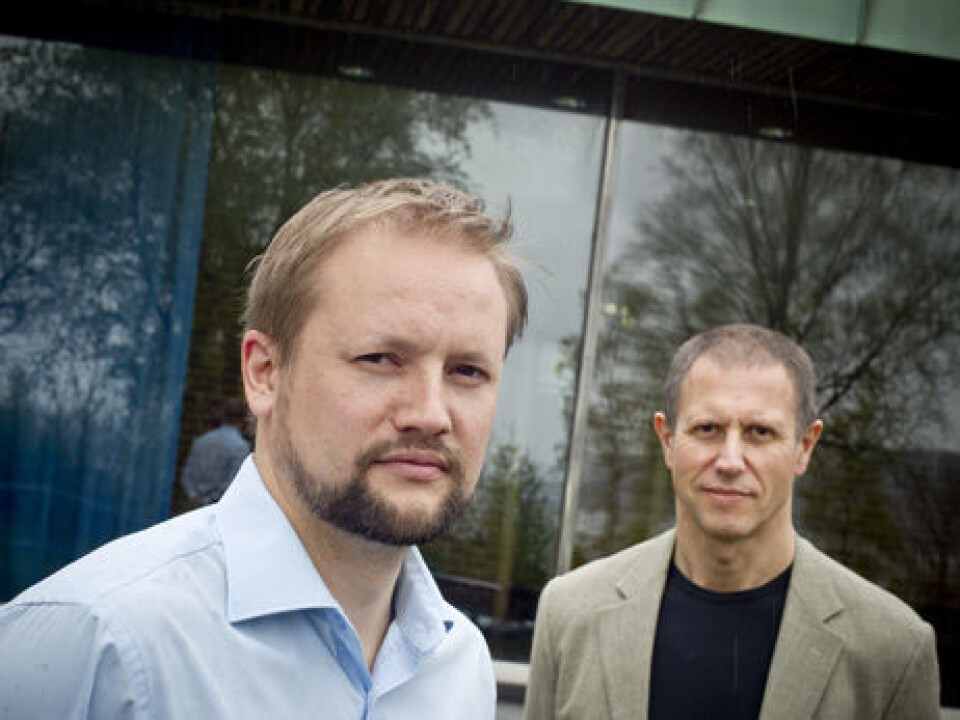An article from Norwegian School of Economics (NHH)

Postponing climate measures is expensive
Researchers have developed a model that calculates the amount of carbon emissions that nature can tolerate. The later we implement climate measures, the more expensive they will be, they say.
Denne artikkelen er over ti år gammel og kan inneholde utdatert informasjon.
Postponing climate measures could prove to be expensive.
Three researchers at NHH are in the process of concluding a comprehensive study that quantifies the price the world will have to pay if we cannot find a global solution for carbon taxes to mitigate the harm caused by global warming.
Infinite costs
The report 'A stitch in time saves nine. The costs of postponing action in climate policy' was written by professors Stein Ivar Steinshamn and Leif K Sandal in addition to post-doctor Sturla F Kvamsdal - all from the Department of Finance and Management Science at NHH.
In their work, the researchers have calculated the amount of carbon emissions the climate can tolerate, and what the future costs will be if we do not implement measures.

With each year that the implementation of measures is postponed, tax levels must be radically increased, if we are to be able to return to an almost normal situation.
As the English title indicates: It's better to jump in at the deep end while there's still water to swim in.
Nature's absorption capability
The most surprising aspect of the report from the Institute for Research in Economics and Business Administration (SNF) is the work the researchers have done on calculating nature's ability to tolerate further carbon emissions.
"This is one of the most important points in our research," says Steinshamn.
"We are using a new approach and are able to calculate nature's ability to absorb and remove carbon dioxide. Some analyses assume that the ability to remove or absorb carbon dioxide increases in proportion with the level of concentration. We are finding signs that the absorption ability is flattening out, which means that nature is becoming less able to help to remove carbon dioxide."
The researchers have found that the absorption ability is quite low compared to that found in several other analyses, for instance by the UN's climate panel.
"In this part of our research we used well-known data series published by NASA, among others, and we used sophisticated methods, so we feel confident about this part of the model. These estimates are trustworthy," says the Professor.
The other part of the analysis is the damage function, and the researchers believe this is more speculative, as it is impossible to assess the scope of the harm without a comparable universe that is unharmed.
The Stern report
The Stern report, written by economist Nicholas Stern on assignment for the British government in 2006, states that it will cost approximately one per cent of the world's GDP over several decades if we are to prevent dangerous global warming.
Stern now believes, and many researchers support this view, that it will cost twice as much to prevent a rise in temperature that will put people in direct danger.
"The figure is now around one per cent, and in the next hundred years, it will rise to two per cent. That's our base scenario, and based on these calculations, in order to prevent dramatic global warming, the tax level will have to increase by three per cent a year if it is postponed," says Steinshamn.
If we introduce an optimal tax, it will lead to a stable situation in the long term. The situation depends on the scenario, but in most scenarios, this means a certain increase in the concentration level compared with the current situation.
Translated by: Silje Gjerde/Allegro

































